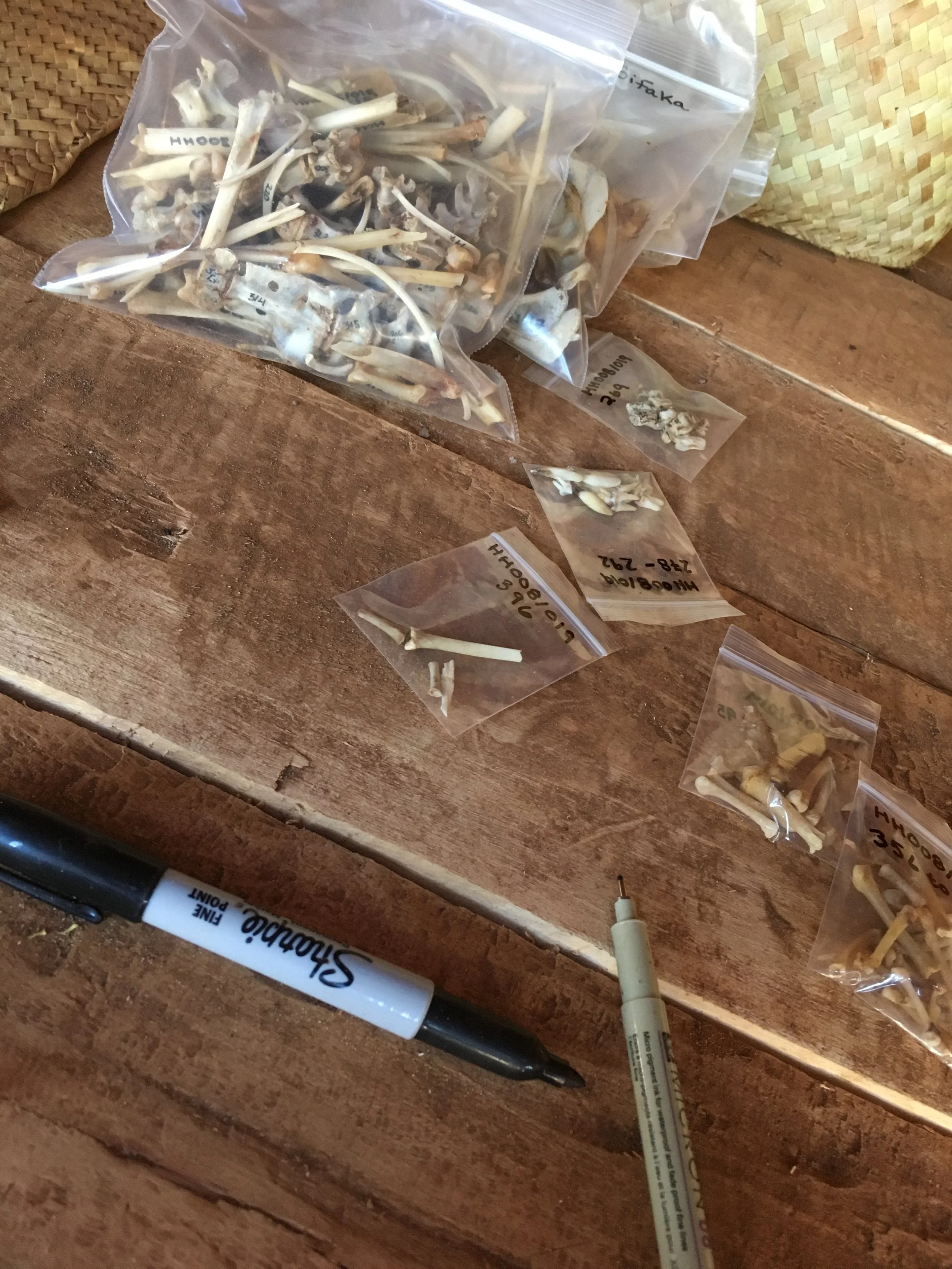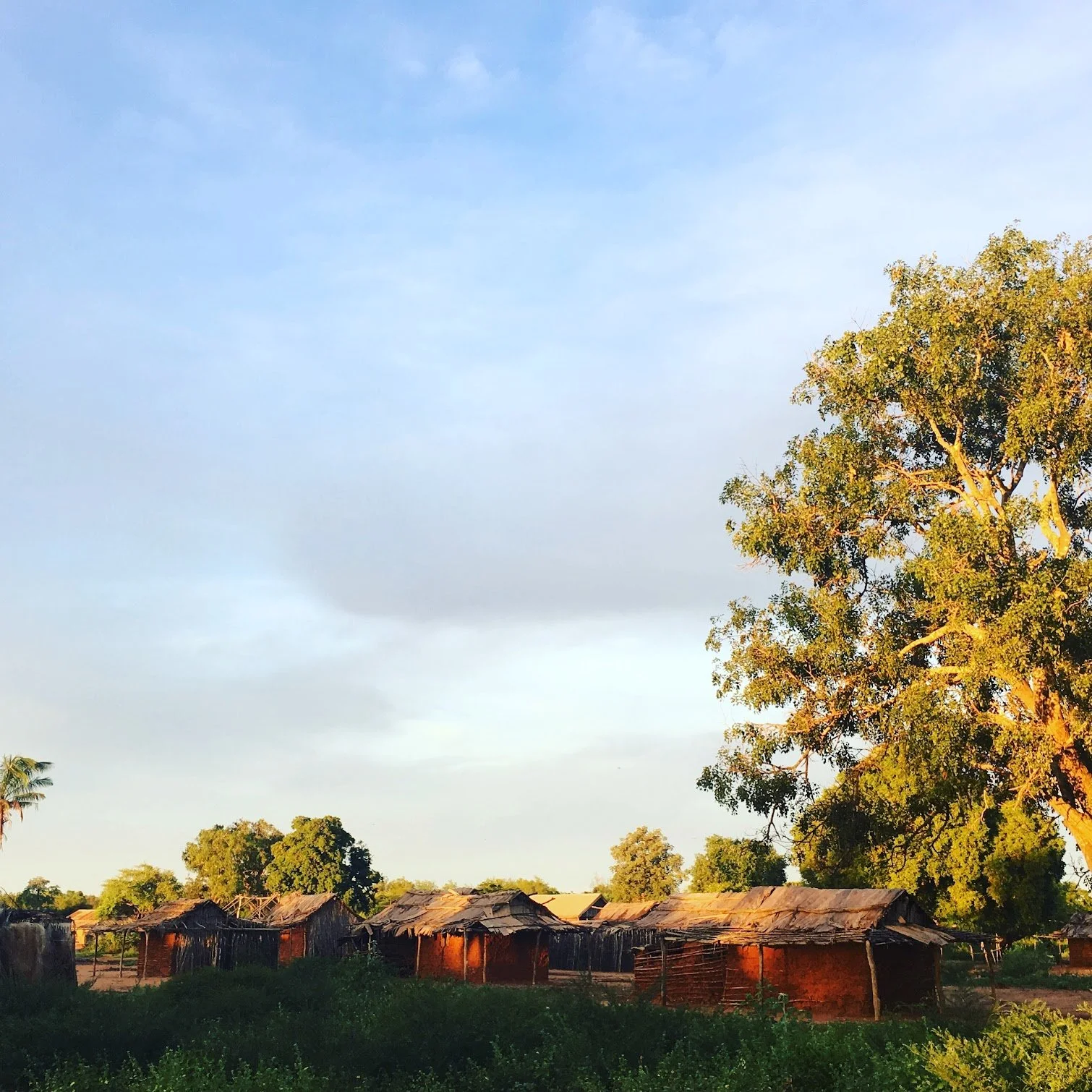Throughout my doctoral research, I employed quantitative interviews and participant observations to investigate how Malagasy communities utilized forest and marine animals as a buffer against famine conditions. Developing original surveys and observational guidelines, I engaged with over 300 participants in a single village over a span of six months. The study encompassed a broad spectrum, including agricultural practices, patterns of human-wildlife contact, water and sanitation access, food insecurity, natural resource utilization, and perceptions of environmental change. Through zooarchaeological methods, I examined the bones left behind from hunting activities.
The survey results, contextualized through insights from semi-structured key informant interviews and focus group discussions, revealed that while poverty and food insecurity related to illegal wildlife capture and consumption, these factors alone did not comprehensively depict how people coped during periods of resource scarcity. This research underscores the significance of moving beyond unidimensional metrics typically used to assess socioeconomic status. My work advocates for a more nuanced consideration of economic, demographic, and health determinants of human well-being, recognizing the complexity of lived experiences to generate realistic and implementable solutions. Click the in-text links to read more!










